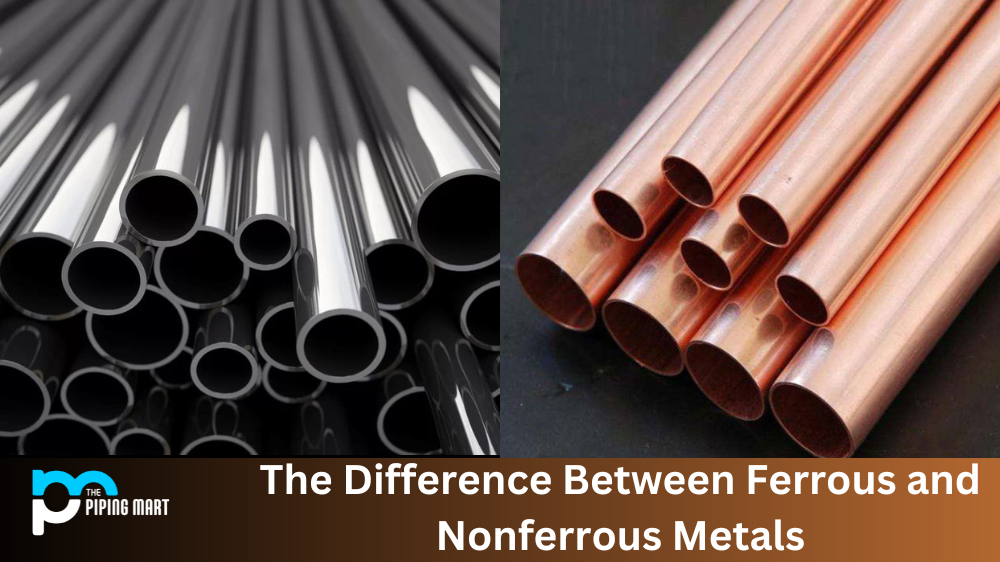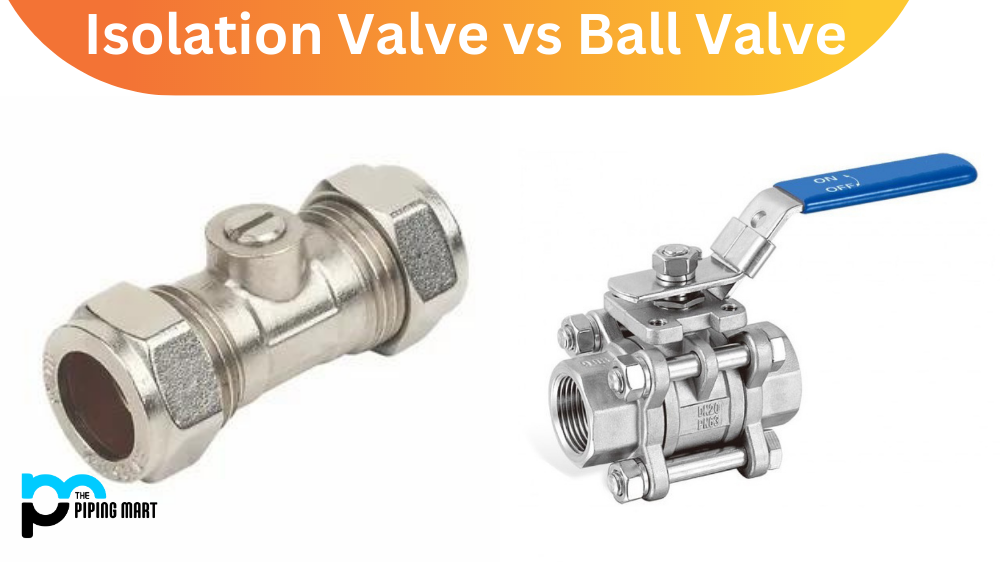Ferrous and nonferrous metals are the most common types used in various industries, from construction to plumbing. But what is the difference between ferrous and nonferrous metals, and which type of metal is copper? Let’s look at the differences between ferrous and nonferrous metals and why copper falls into the nonferrous category.
Ferrous Metals
Ferrous metals are iron-based alloys containing iron and other elements like carbon. Steel is an example of a ferrous metal composed of iron and small amounts of carbon. Because they have iron, ferrous metals are magnetic—this is why magnets stick to refrigerators, for example. Ferrous metals are also more resistant to corrosion than nonferrous ones, making them popular for outdoor applications like bridges and buildings. However, they tend to be heavier than their nonferrous counterparts, which makes them less desirable for specific applications.
Non-ferrous Metals
Nonferrous metals do not contain any iron or steel, meaning they are not magnetic. Copper, aluminum, zinc, lead, and nickel – are all examples of nonferrous metals. Nonferrous metals tend to be lighter than ferrous ones but can be more expensive due to their rarity. They also tend to be more malleable than ferrous ones – this means that they can be shaped into different forms without breaking or cracking easily. This makes them ideal for applications where strength isn’t as crucial as formability, like electrical wiring or plumbing pipes.
Difference Between Ferrous vs Non-ferrous Metals
- 1. Ferrous metals are those that contain iron, while non-ferrous metals are those that do not contain iron.
- 2. Ferrous metals are typically harder and stronger than non-ferrous metals.
- 3. Ferrous metals are more susceptible to rusting than non-ferrous metals.
- 4. Non-ferrous metals are typically more expensive than ferrous metals.
- 5. Ferrous metals are often used in the construction of buildings and bridges, while non-ferrous metals are often used in the manufacture of electronics and jewelry.
- 6. Non-ferrous metals are sometimes preferred over ferrous metals for certain applications due to their resistance to rusting and corrosion.
Conclusion:
In conclusion, there are two main types of metals: ferrous and non erous. Ferrous metals contain iron or steel, while none erous ones do not; instead, they consist primarily of other elements such as copper or aluminum – although some may also contain small amounts of iron or steel in some instances. Copper is an example of a non erous metal since it does not have any iron or steel; instead, it consists primarily of copper and small amounts of oxygen and sulfur, among other elements depending on its specific application. Thanks for reading!
Rachana is a dedicated and ambitious young woman who has made a name for herself in the metal industry. From her earliest days in the industry, Rachana showed a natural talent for problem-solving and a keen eye for detail. In her free time, She enjoys reading up on the latest advancements in the industry, as well as exploring new ways to innovate and improve upon existing processes.




